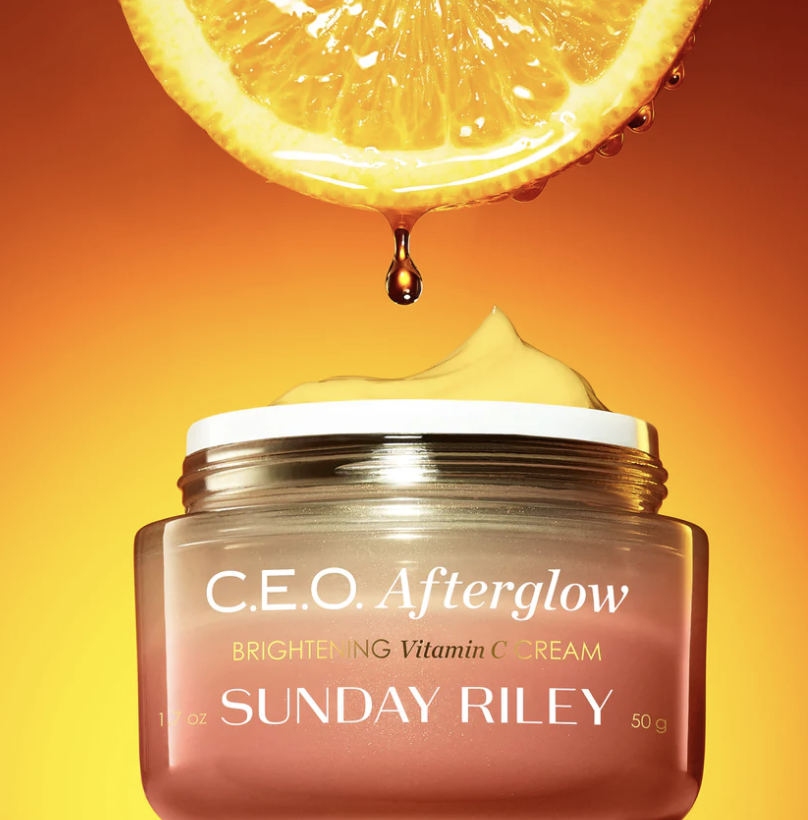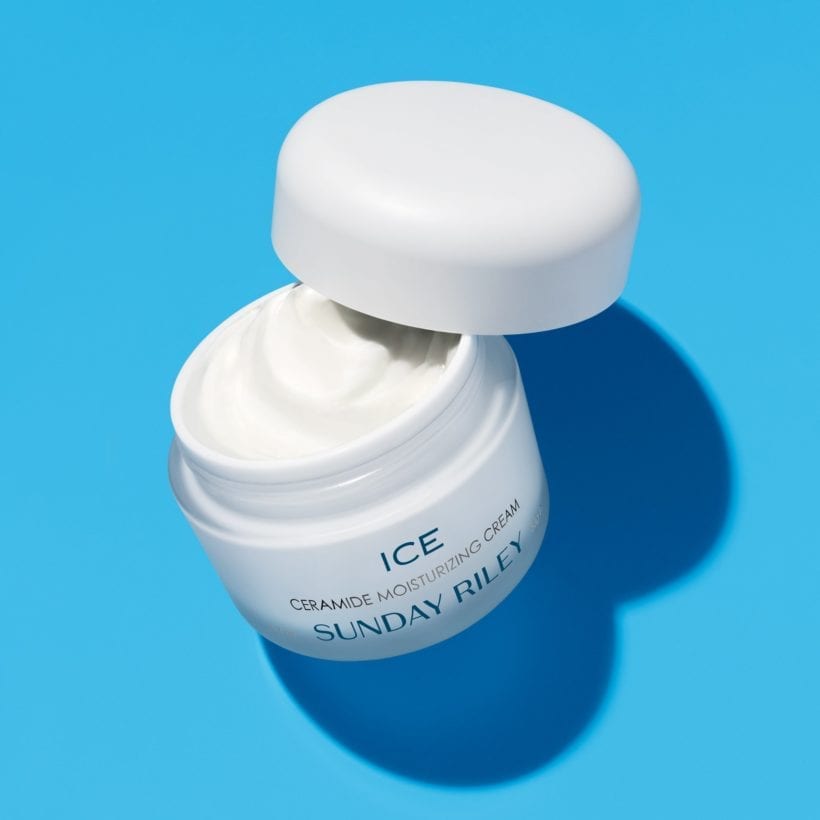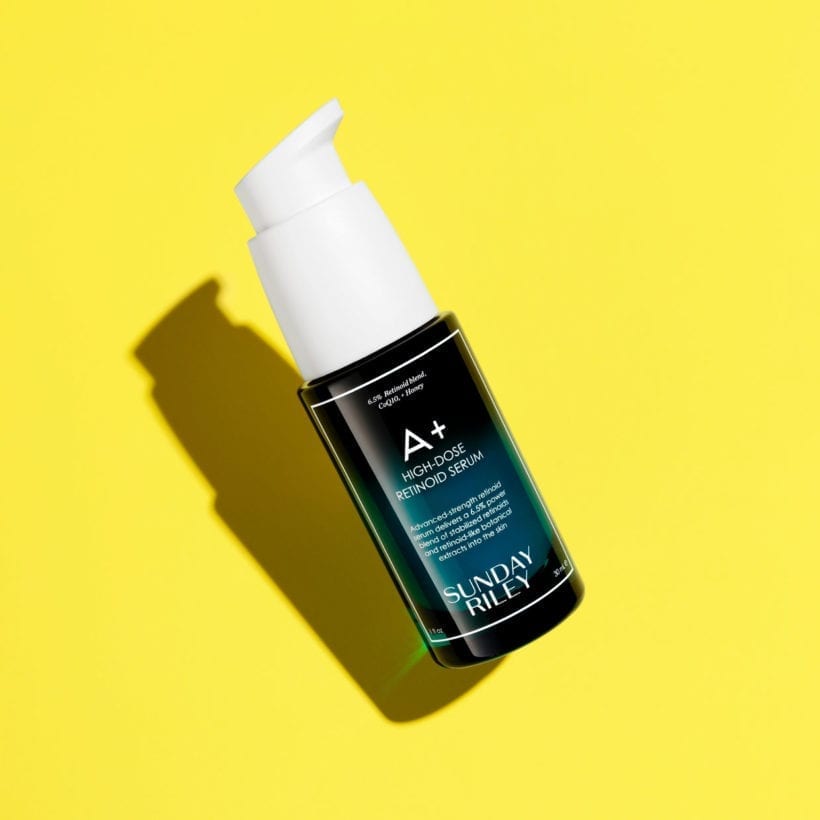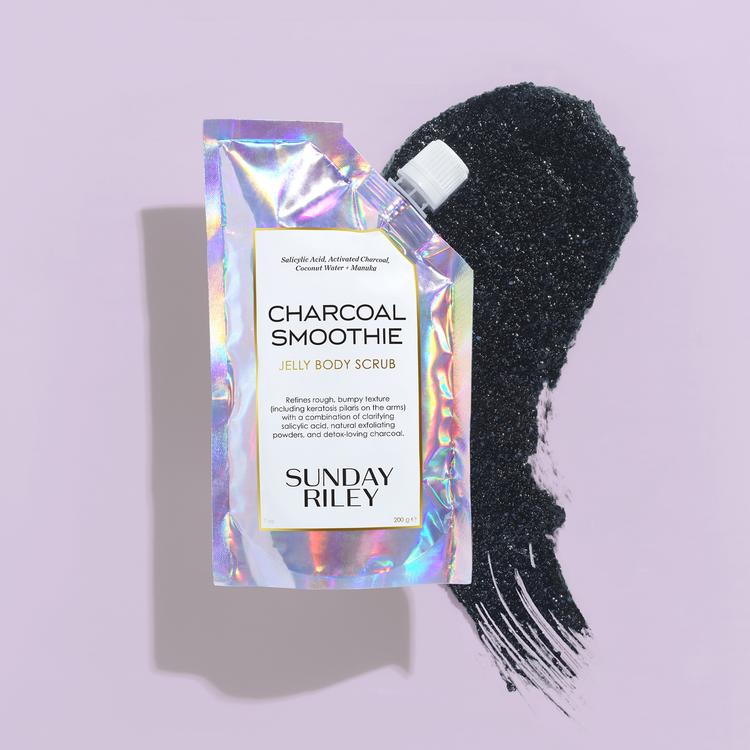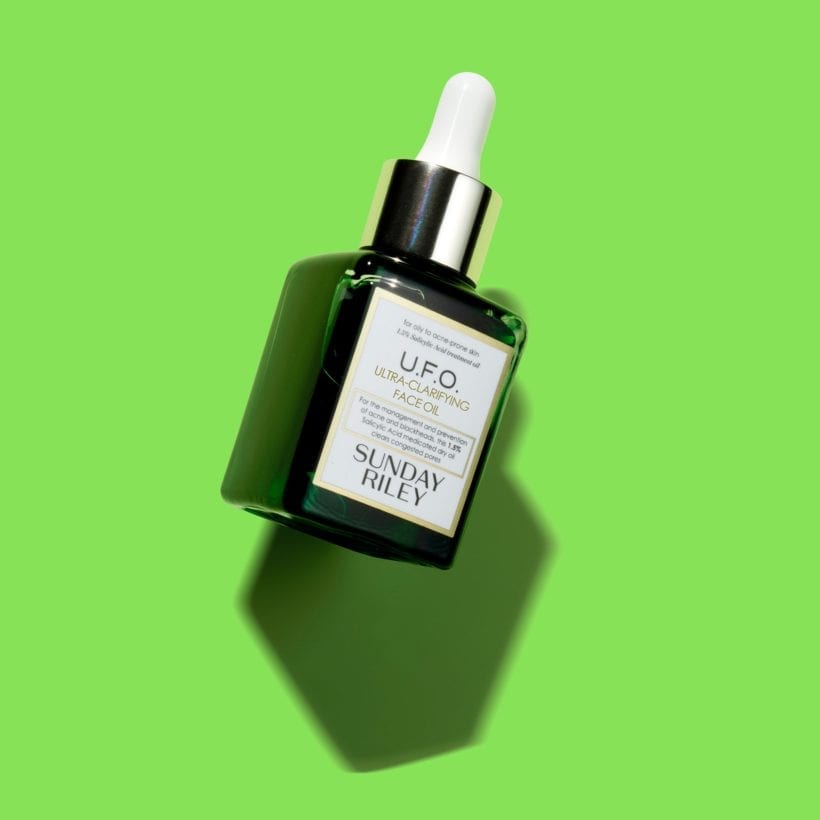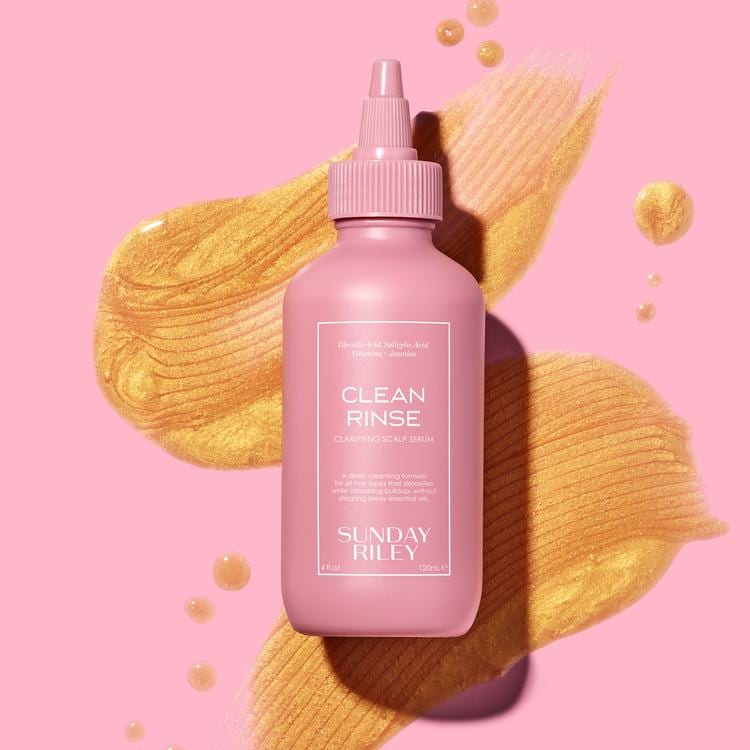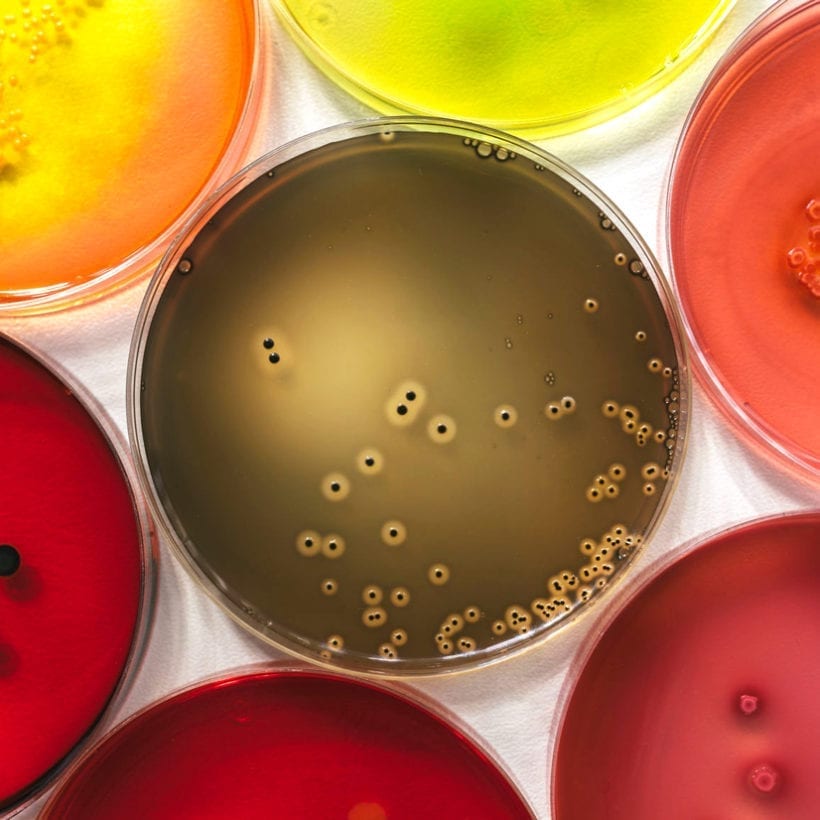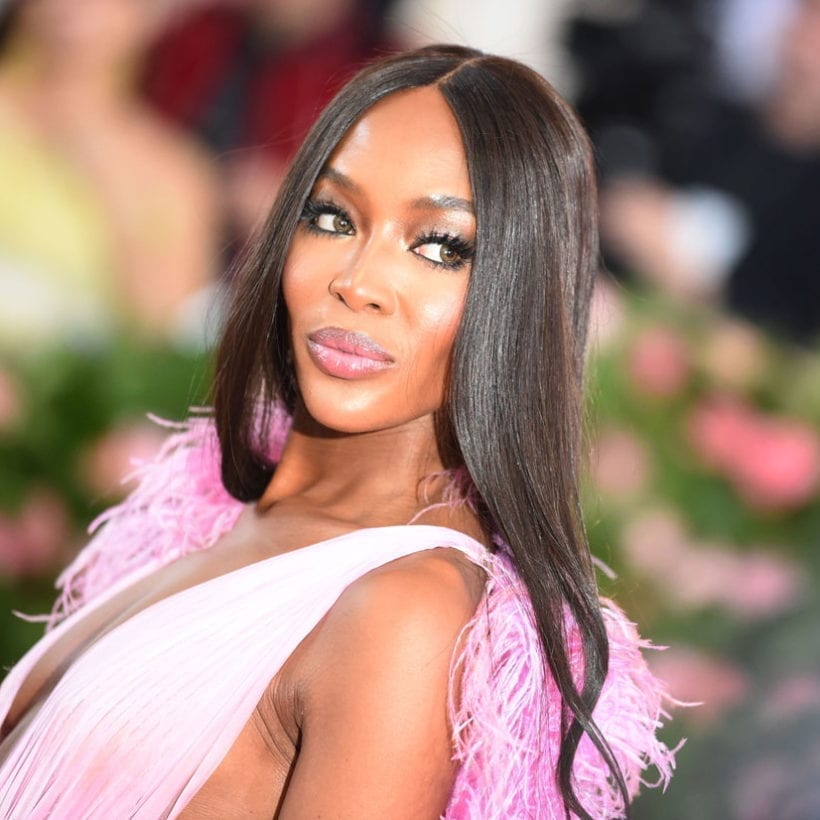The connection between hormones and your skin is well-established. That’s why even the slightest fluctuations in your mental health or your reproductive cycle can send you into a spiral of breakouts, dry skin, redness, and sensitivity. The joys of being human.
It makes sense then that hormone replacement therapy, or HRT, can have major skin side effects.
HRT is essentially exactly what it sounds like — taking supplemental hormones to alter your body’s natural hormone levels. This treatment is often done in the trans community to treat gender dysphoria as one transitions from male to female or female to male (and it can also be a treatment for menopause).
Second puberty
The flux in hormones experienced during HRT is often described as “second puberty.”
Masculinizing hormone therapy involves taking testosterone (the male sex hormone) to suppress female sex characteristics in favor of male ones. Think: increasing muscle mass, triggering the growth of facial hair and body hair, increasing libido, and stopping periods.
Feminizing hormone therapy does the exact opposite. Taking estrogen (the female sex hormone) triggers breast development, a redistribution of body fat and reduction of muscle mass, lessening of body hair, and changes in libido.
What HRT means for your skin
The presence of testosterone (which for the record, naturally occurs in both sexes — at higher levels in males and lower levels in females) can have major skin effects. This hormone is responsible for skin thickness, meaning those with higher levels of testosterone have thicker skin, which is able to hold on to more moisture and contain more collagen. But testosterone-rich skin is also more prone to producing sebum — aka acne-causing oil.
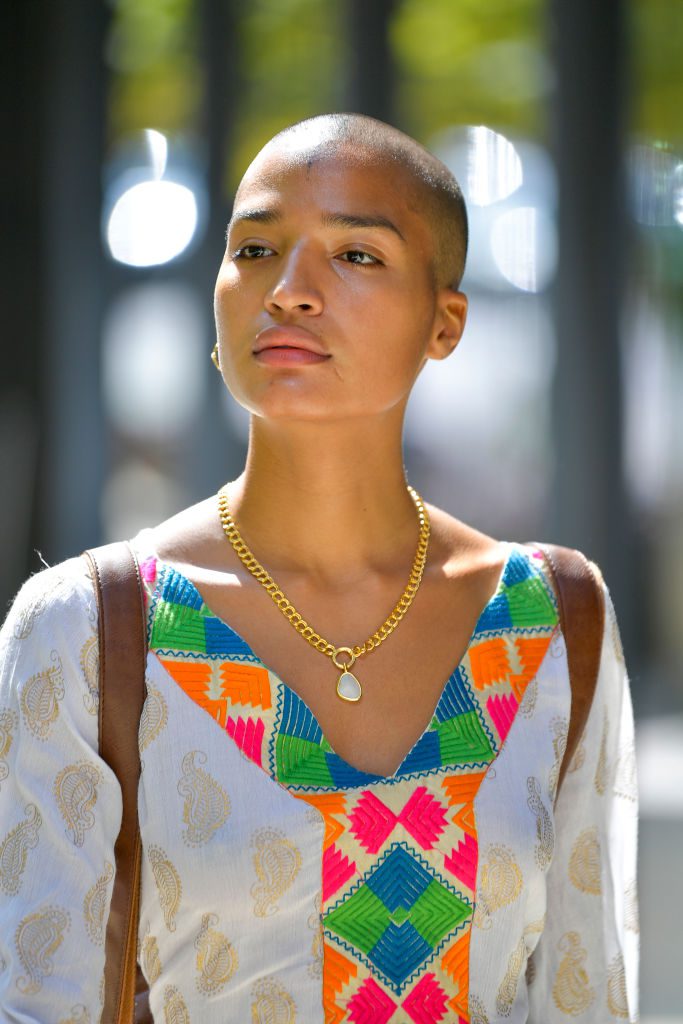
Slightly surprising is that testosterone also makes skin more sensitive. “Testosterone has proven negative effect on the barrier function,” according to a study published in 2015. So, even as skin gets thicker and oilier, taking care of your skin barrier by moisturizing (more on that later) is still important for keeping skin healthy.
In other words, masculinizing hormone therapy will make your skin thicker, oilier, and potentially more prone to breakouts. “Acne of the face and body are common side effects of virilizing hormone therapy,” Madeline B. Deutsch, M.D., founding medical director of University of California, San Francisco Transgender Care, writes. Luckily, this likely won’t be a long-term issue — HRT-induced acne tends to disappear after a year of treatment.
On the flip side, taking estrogen (also present in both sexes) in feminizing hormone therapy will also trigger skin changes. “Estrogen-based hormone therapy can decrease sebum production, which can make the skin drier, decrease facial and body hair, and can contribute to melasma, or hyperpigmentation in sun-exposed areas of the face,” explains Dr. Hadley King, a board-certified dermatologist in New York. You might also notice that your pores look smaller.
For both types of therapy, “these effects can persist for the duration of the hormone treatment,” says Dr. King.
What to do if you’re concerned about your skin
HRT triggers an onslaught of physical, emotional and mental changes. If breakouts and dryness aren’t ones you want to deal with, that’s completely valid. Luckily, dermatologists are full of solutions.
-
Adjust your moisturizer.
If you’re dealing with dry skin as a result of HRT, Dr. King recommends reaching for moisturizers that contain three key components: humectants (look for ingredients like hyaluronic acid and glycerin, which help water bind to skin for deep hydration), emollients (look for ingredients like squalene and ceramides, which help skin barrier function and improve skin texture), and occlusives (look for ingredients like oil or lanolin, which form a physical barrier on the skin to help prevent water loss).
-
Treat hyperpigmentation.
For the dark spots that can come with estrogen-based hormone replacement therapy, sun protection is “extremely important,” for preventing hyperpigmentation, says Dr. King. To treat existing dark spots, talk to your dermatologist about using topical ingredients like retinoids, arbutin, azelaic acid, kojic acid, vitamin C, phytic acid, licorice root, and tranexamic acid (which can also be taken orally to help treat hyperpigmentation).
-
Up your acne game.
“The most effective over-the-counter ingredients to address clogged pores and acne are salicylic acid, benzoyl peroxide and adapalene,” says Dr. King. Benzoyl peroxide is a classic — it’s been used for over 60 years to treat acne, Dr. King says — but she’s a particular fan of salicylic acid for those dealing with HRT-induced acne. “This is a great ingredient for people with oily and acne-prone skin, and particularly for treating and preventing comedonal acne (blackheads and whiteheads),” she says. If you have sensitive skin, beta hydroxy acids are a great alternative option. “BHAs have anti-inflammatory, skin-calming properties so they are gentle enough even for sensitive skin prone to redness and/or rosacea,” Dr. King says.
A note on gender-affirming care: If you’re looking for an LGBTQ friendly dermatologist (or any other type of medical provider) check out the Lighthouse directory to search for providers in your area.

